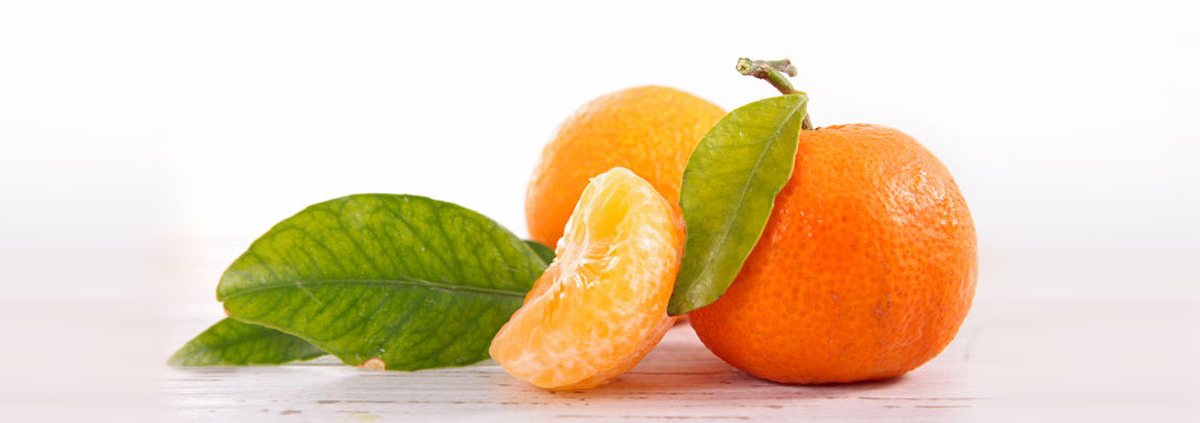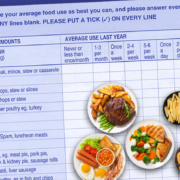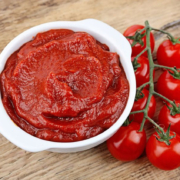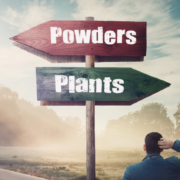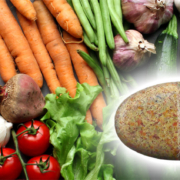My Clementine
In doing the background research on whether citrus increases the risk of melanoma enough to be a real concern, there was one more important study that was published this year. The same basic group of researchers who did the original examination of citrus intake in the two large healthcare professional studies added one more component. They used a database of FURs (furocoumarins) levels from 10 different foods that were included in the food frequency questionnaire and re-examined the data. This time, there was no relationship between FUR and melanoma; there was a small relationship with basal cell carcinoma but nothing of great significance.
I’m still going to eat my clementine every morning and drink my energy drink that has grapefruit juice in it when I want to. But these studies did raise at least two questions.
The Furocoumarins Database
The database was constructed by selecting foods that were suspected of having high FUR levels, which makes sense. The chemical analysis of each food is above my pay grade, but let’s assume it’s accurate since no one questioned it in the years since that study was completed. They purchased the foods for analysis from 17 different grocery stores in Connecticut and then analyzed three different samples of the same food purchased from different stores. All good.
The issue is that phytonutrient content can vary based on the season of the year, the ripeness of the fruit or vegetables, even the time of day it was harvested. FURs are stress-induced molecules. After harvesting, FUR levels can be affected by many factors ranging from ultraviolet light exposure to insect infestation. The levels can also vary by the variety of the fruit or vegetables. Then, when it comes to juice, there are processing and storage factors to consider. None of that was considered in the database study.
To be fair, buying foods that we actually eat is the right thing to do. But as a grocery shopper, you know that you can purchase two identical containers of food with two different expiration dates. That has to be accounted for, even if only to find out it doesn’t make a difference. In the case of FURs, it appears the date matters, based on prior research.
Food Frequency Questionnaires
If you’ve been reading the Memo for any length of time, you know that I’m not a big fan of food frequency questionnaires for the way they’re typically used today. The FFQ was designed to give an overall estimate of what people eat, but it’s not a measurement of what people actually ate. When you want to know the overall servings of citrus a person eats, fine. When you begin to break it down into extremely discrete serving portions, that’s where things fall apart in my opinion. Think of how many of these large studies that have used the FFQ that have gotten results that indicate nutrients are associated with some disease or another. In other studies, the reverse is true.
The reason that these are imprecise is because they were validated with a low number of subjects: 173 for one FFQ and 150 for another. The correlation coefficients are just not high enough to put a lot of faith in the FFQ for anything other than a general idea of diet. I’ve got a lot more to say about the topic but this isn’t the forum.
In addition, I think we’d be foolish to overlook the fact that the places where citrus grows in the backyard, and is therefore more convenient and available, are the same places that get more sunny days every year and more intense sun. The researchers controlled for self-reported sun exposure, but I’m almost as skeptical about that as about FFQs.
The Bottom Line
Based on the sum total of all the research, FURs are in some way related to the development of skin abnormalities, especially if you spend a lot of time in the sun. But given all the issues with the FFQ, at least in my opinion, it isn’t enough to avoid citrus if you typically eat or drink it. Pass my clementine, please.
What are you prepared to do today?
Dr. Chet
References:
1. J Clin Oncol 2015:33:2500-2508.
2. Nutr Cancer. 2020;72(4):568-575.
3. J Food Science. 2011. doi.org/10.1111/j.1750-3841.2011.02147.x
4. J. Agric. Food Chem. 2017, 65, 24, 5049-5055.

